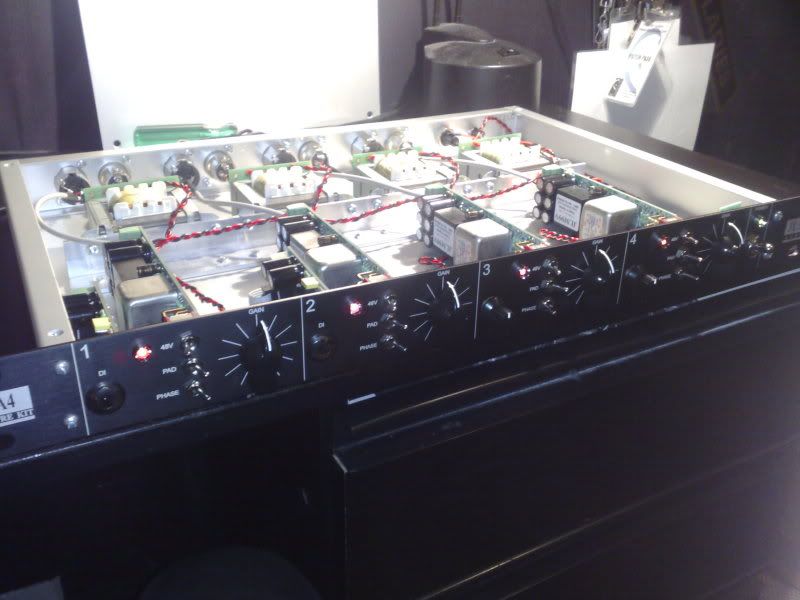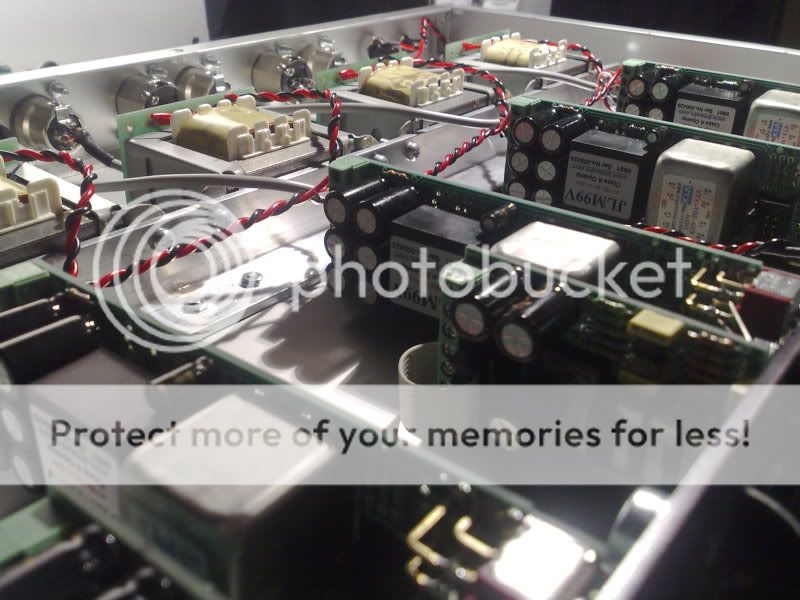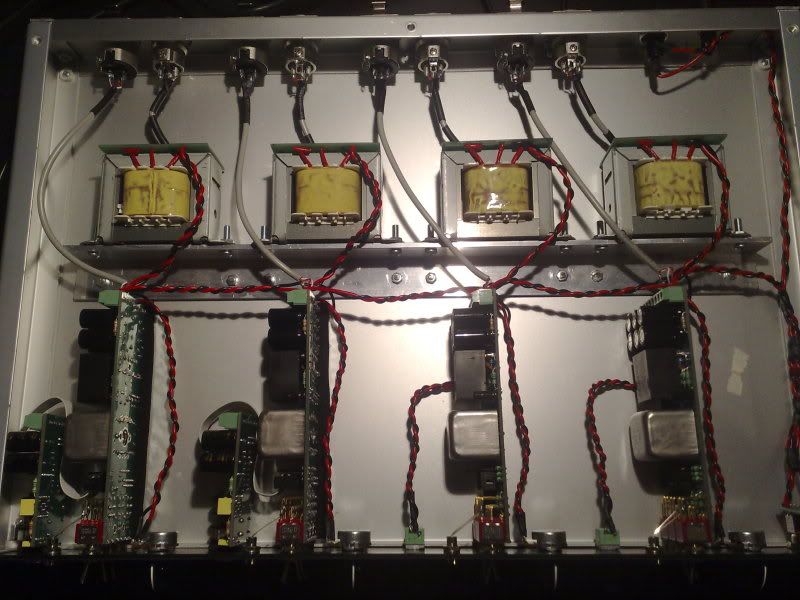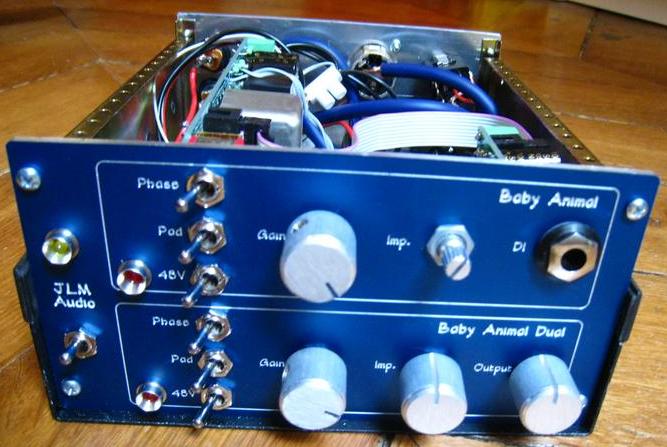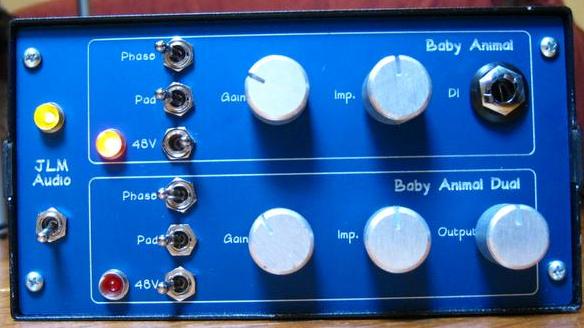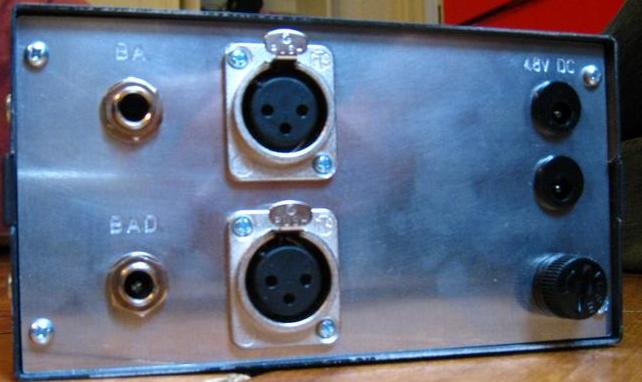Hi!
I've just ordered a Baby Animal kit and am really excited to put it all together. Because my eager to get started I thougt I could do a stepped resistorswitch meanwhile.
In the BA circuit scheme, it sais 10k reversed log pot (or switch with stepped resistors). The only place I can find suggestions for resistor values in such a switch is on the JLM page, but those values are for Dual 99v. They go as far as 120k at the highest and also there is a different value on the resistor in series with the stepped resistors. So in other words I dont't think I can use those values for the BA, am I right?
It would be really nice to get a suggestion of resistor values that will do 5dB steps in gain, from the maximum and downwards. I really hope I haven't missed this question in the thread or elsewhere. (By the way, I will use Lundahl 1578XL in 1:5, a JLM99v op and no output op. Will probably end up at 59dB maximum gain)
Many thanks,
Jon
I've just ordered a Baby Animal kit and am really excited to put it all together. Because my eager to get started I thougt I could do a stepped resistorswitch meanwhile.
In the BA circuit scheme, it sais 10k reversed log pot (or switch with stepped resistors). The only place I can find suggestions for resistor values in such a switch is on the JLM page, but those values are for Dual 99v. They go as far as 120k at the highest and also there is a different value on the resistor in series with the stepped resistors. So in other words I dont't think I can use those values for the BA, am I right?
It would be really nice to get a suggestion of resistor values that will do 5dB steps in gain, from the maximum and downwards. I really hope I haven't missed this question in the thread or elsewhere. (By the way, I will use Lundahl 1578XL in 1:5, a JLM99v op and no output op. Will probably end up at 59dB maximum gain)
Many thanks,
Jon

































